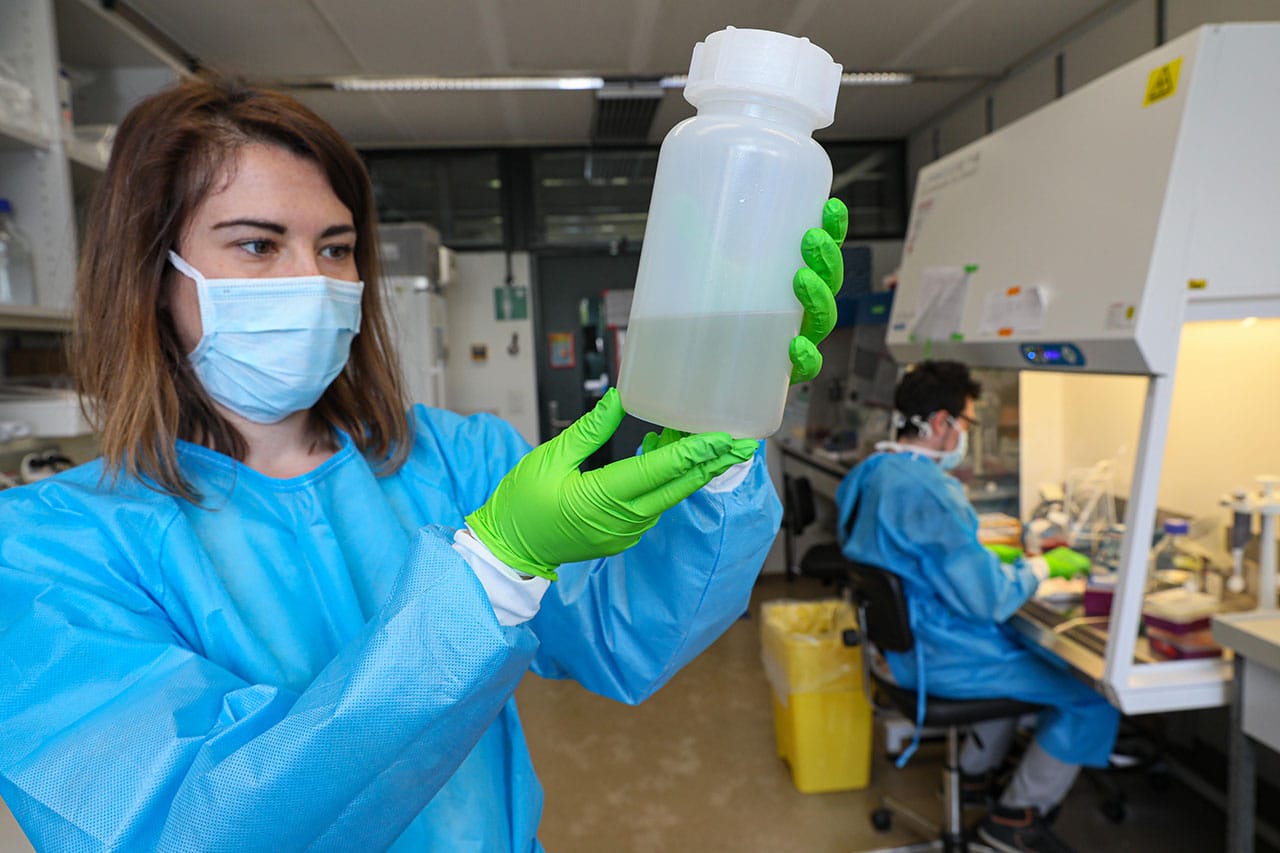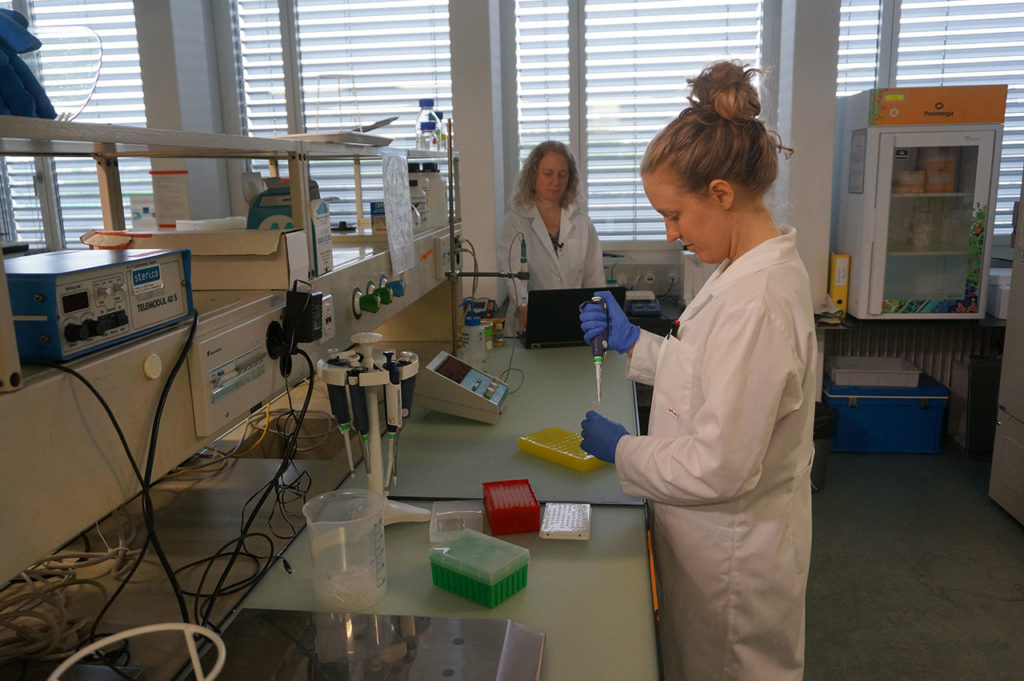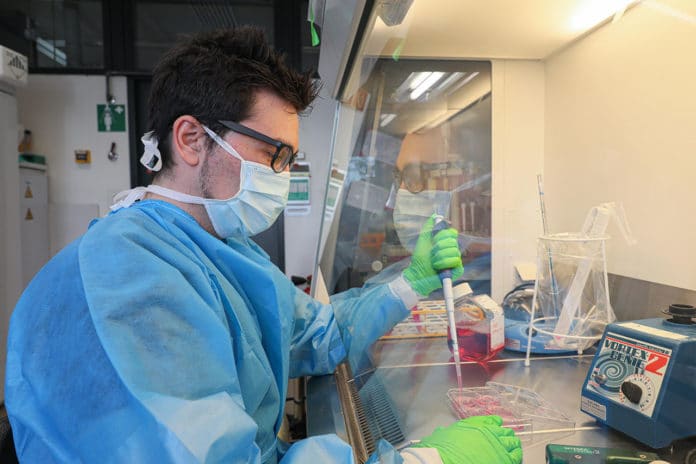Now, it becomes easy to analyze the novel coronavirus in wastewater samples, thanks to a new technique developed by the EPFL and the Swiss Federal Institute of Aquatic Science and Technology (Eawag). They have developed a method for detecting the novel coronavirus in wastewater samples so that health officials can detect the virus before the disease is diagnosed clinically.
Scientists pulled off a major feat in showing that the novel coronavirus can be detected and measured in wastewater in a matter of weeks.

They analyzed samples from Lausanne, Zurich, and Lugano and detected traces of the virus in all the samples they collected.
Tamar Kohn, head of EPFL’s Environmental Chemistry Laboratory (LCE), said, “Our study looks at how we can detect the virus in wastewater and measure its concentration before people start developing clinical symptoms – and to determine how much time before. We were pleasantly surprised to find a signal in wastewater from Lugano – where only one case had been identified at that point – and from Zurich, where only six had been identified.”

In collaboration with Eawag, scientists collected samples from nine wastewater treatment plants in Ticino, two in Zurich and one in Lausanne, corresponding to a total of around 800,000 city residents.
Christoph Ort at Eawag’s Urban Water Management Department said, “With samples from 20 large treatment plants distributed across Switzerland, we could monitor wastewater from around 2.5 million people. If the samples are analyzed rapidly, we could probably detect a resurgence of infections earlier than with diagnostic tests – about a week earlier – especially during the period when the lockdown is being lifted.”
“What will be essential to track, however, is the trend. For example, using samples collected in Lausanne in March and April, the scientists were able to trace the increase in the wastewater concentration of SARS-CoV-2 roughly. Kohn estimates that the concentration rose by a factor of between ten and a hundred.”
Despite the researchers’ initial success, they still need to improve their method further. For example, they don’t yet know what percentage of a patient’s viral load is captured when the RNA is extracted after several other steps (filtration and centrifugation).
